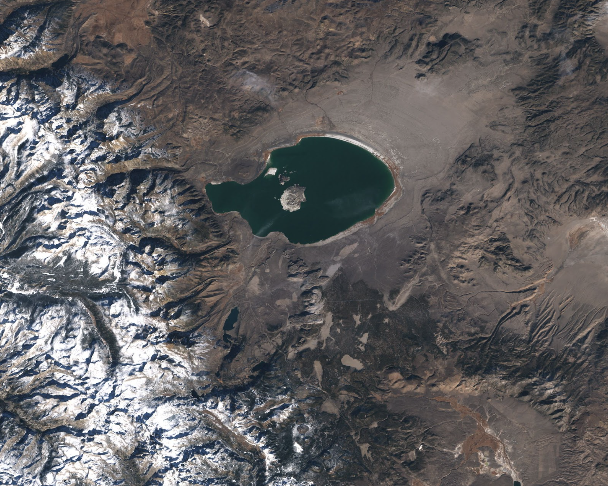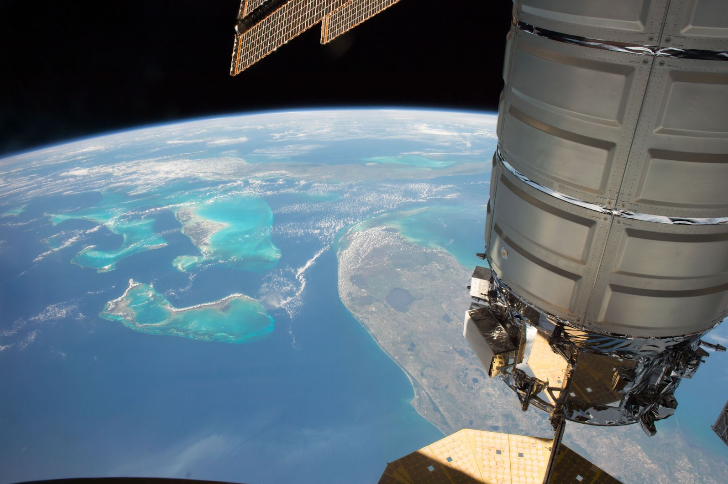Satellite Cameras for Microbiology and Astrobiology Research
Satellite camera technology has gone a long way from taking remote images of our planet to conducting the most in-depth research. Today, satellite cameras can also be used for astrobiology research. When looking at the specific conditions in the Earth’s orbit, cameras study the radiative environment of energetic particles, and photons can be used for conducting measurements that are intended for developing all sorts of experimental biological and chemical concepts, indicating how life on other planets might be. Using satellite cameras helps gather photonic and particle samples from other planets, so scientists not can simulate how a meteorite might hit the Earth. Satellite camera is also useful in o calculating how they could prevent such a catastrophe. But there are more ways to use satellite cameras in astrobiology.
What Is Astrobiology Study and Where Can It Take Us?

This article is an overview of current and past astrobiology studies that have been conducted at ESA, STONE, Biopan, and EXPOSE, which is not on the International Space Station. Exposure platforms will continue to be discussed along with cameras, as they are improving science, not to mention they’re discussing how small satellites can be built in CubeSat format. This type of satellite camera helps improve the scientific astrobiology sector for further studies.
Satellite camera technology has advanced, as it’s focused on nanosatellites with specific form factors and sizes. First, CubeSats and other satellite cameras have been used to show engineering students just how they can design, test, build, and then fly a satellite. These satellites and their cameras are at standard sizes and have impressive technical characteristics, not to mention that their deployment hardware has met great success over the past 15 years.
Satellite camera work has been conducted for the most recent transformations and achievements in astrobiology to lead to all sorts of experimental studies in this field. There are many reports gathered over a period of over 60 years of using satellite cameras for research. Their results have led to incredible discoveries in the science community. The requirements of modern science guarantee that experimentation on the ground can help with building exposure facilities that are progressively modifying real-time measurements obtained with satellite cameras. Orbits are changing because more energetic particles are being accumulated through Earth laboratories that use solar simulators.
Why Should a Satellite Camera System Be Used?
Research in the space radiation environment also helps the astrobiology sector. At experimental facilities in space, samples and hardware are not only presented but also discussed. A satellite camera could be used to record the progress in the science field, regardless of if the subjects are astrobiology or microbiology.
CubeSats carrying satellite cameras are educational instruments through which technology demonstrations, communications, and many scientific missions are being conducted. These systems are tools that help engineers and professionals get trained in the aerospace field. There are many scientific possibilities and benefits that now traverse and impact not only middle school students but also younger people. The use of satellite camera systems leads to achieving great results in the scientific sector for both students and their teachers.
One of the main goals of astrobiology is to explore the planetary bodies in the solar system so that the potential for habitability in extra terrestrial environments can be studied. Obviously, satellite cameras help capture this data. If materials from specific Earth environments are studied, then the living conditions on some moons and planets can be analyzed too, in the planetary field analogs conditions, whereas laboratory analogs can be used to get a grasp of deep space conditions.
How Are Laboratory Analogues Involved in Astrobiology and Microbiology?
Earth laboratory analogs provide access to all sorts of extra terrestrial and selected parameters that conduct many sorts of experiments when it comes to preserving biosignatures and studying the rocks and minerals. The chemical and physical processes send to how microorganisms survive and adapt. Satellite cameras also look at how the atmospheric composition is behaving under pressure or when radiation and temperature conditions in the space environment are changing.
Outer space is the most challenging environment when it comes to how temperature is changing. When the outer space environment is challenging because a system design is missing or hasn’t been built yet, thermal extremes can exceed not only the hottest but also the coldest locales. The containment system is starting to expose indirect and direct sunlight, not to mention that a spacecraft, a satellite camera, or a parent structure can have their structure damaged. When it comes to space-exposure experiments, the temperature is the parameter through which camera design is managed.
Space radiation results from photons that the Sun emits. There are also energetic particles that galactic cosmic and solar rays are emitting. Energetic particles and photons are being filtered progressively through the Earth’s atmospheric layers. For this time, photons don’t remain the subject of concentration processes because the Earth’s electromagnetic field is no longer filtered as soon as it has entered the atmosphere.













